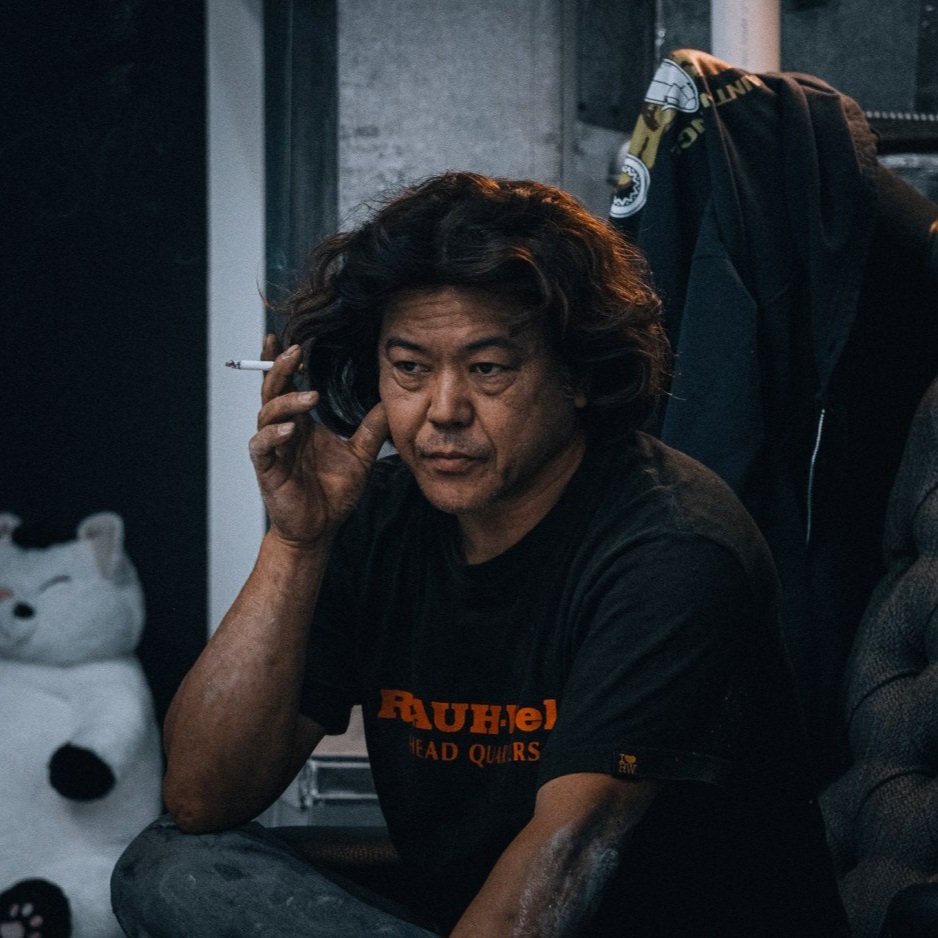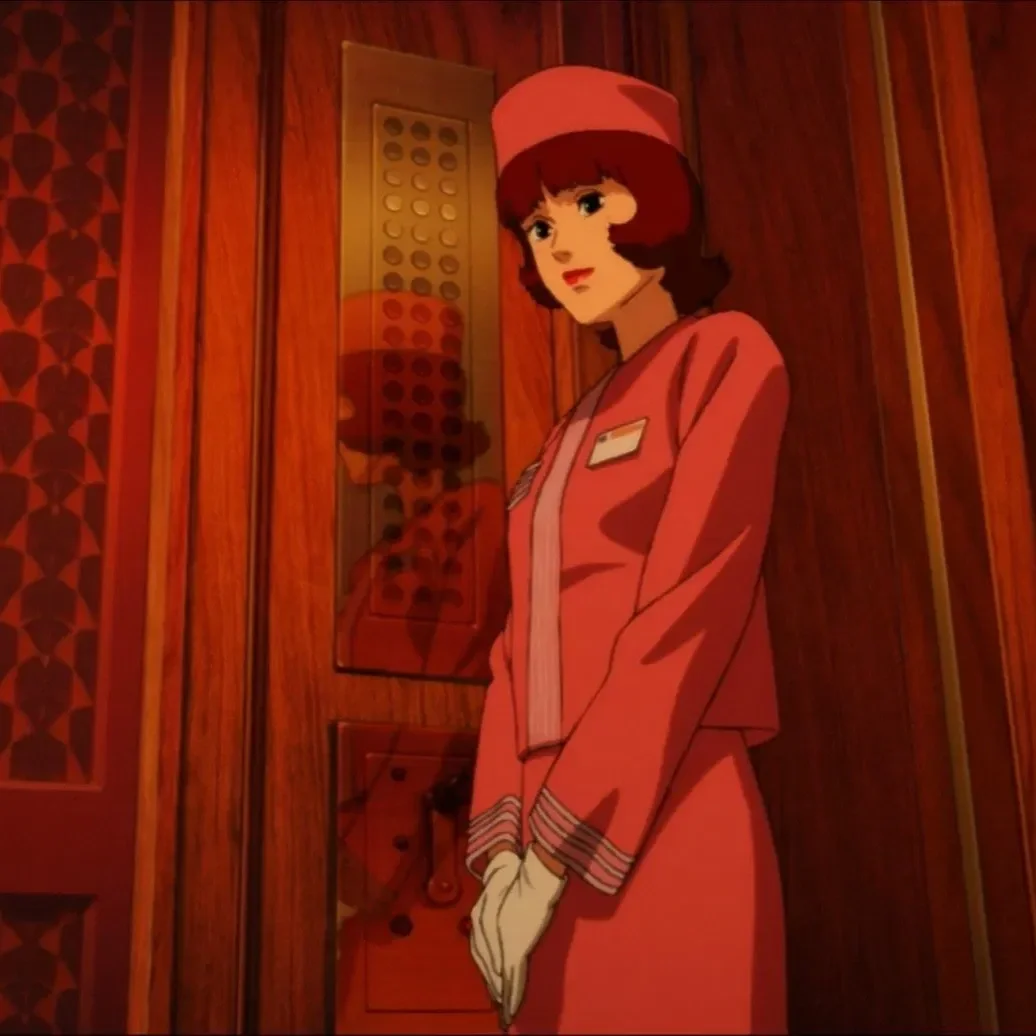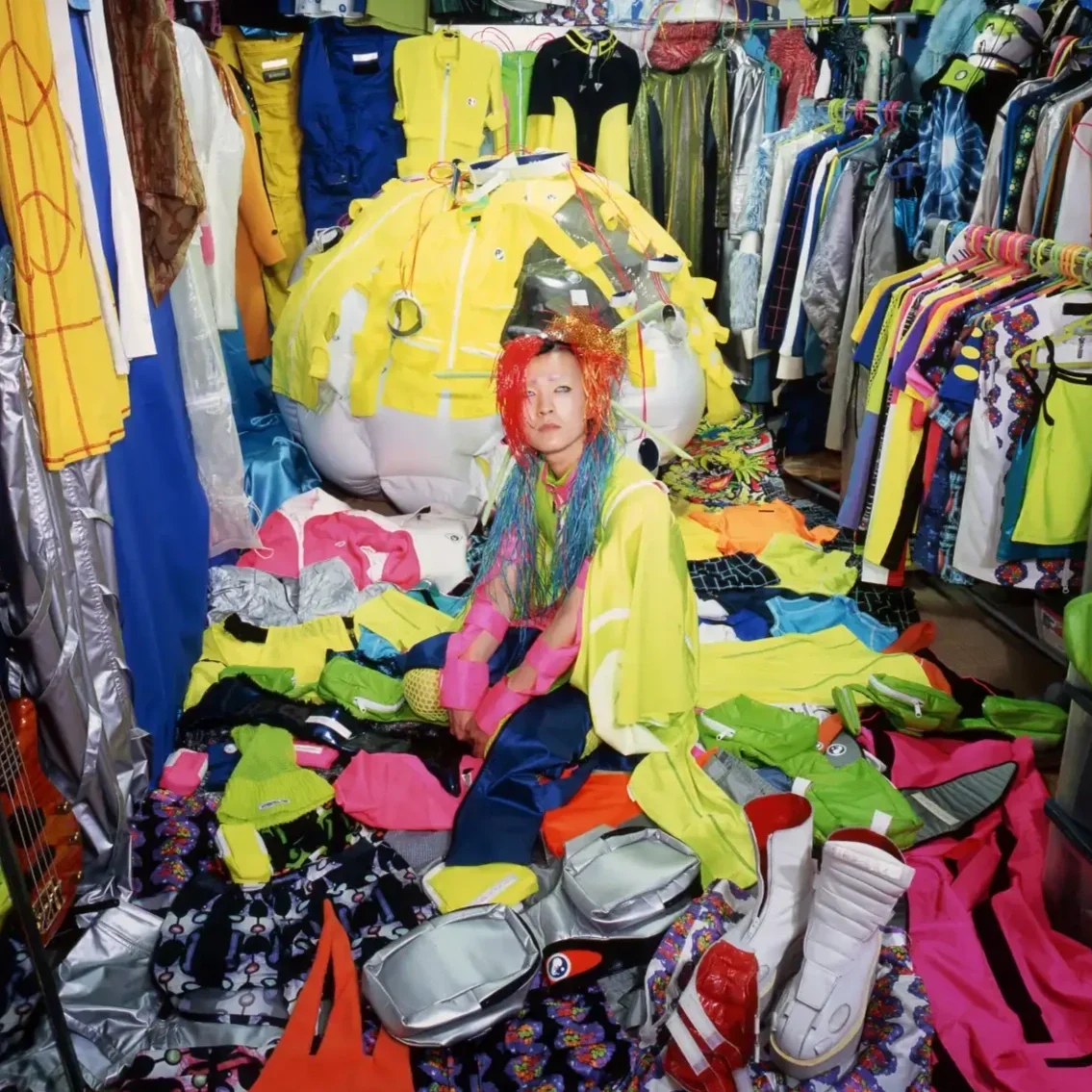Masayoshi Takanaka - Japan's Legendary Guitar Virtuoso
Masayoshi Takanaka - All Of Me album cover
Masayoshi Takanaka, born Masayoshi Liu in 1953 in Tokyo, is a guitarist, composer, and producer whose work has significantly shaped the landscape of Japanese music. With a career spanning over five decades, Takanaka’s blend of jazz, funk, rock, and Latin music, combined with his energetic stage presence and signature guitar sounds (& shapes), has earned him a devoted following both in Japan and internationally.
This article explores Takanaka’s journey from his early beginnings to becoming a Japanese guitar legend, diving into his humble beginning, all the way to his most influential works.
Early Life
Born to a Chinese father and a Japanese mother in the Akabane ward of Tokyo, Masayoshi Takanaka’s early life was marked by cultural integration. His father, originally from Nanjing, China, moved to Japan post-World War II, where he married Takanaka’s mother. Originally named Masayoshi Liu, he became a naturalized Japanese citizen in the fourth grade and changed his name to Masayoshi Takanaka.
From a young age, Takanaka couldn’t and wouldn’t hide his passion for music, leading him to join the band Escape in the late 1960s. Playing at U.S. military bases around Tokyo, Takanaka got his first taste of performing in front of an audience. His first experience with the professional music scene came unexpectedly when he filled in as a guitarist for the rock band Apryl Fool while still in his school uniform.
From Flied Egg to Sadistic Mika Band
Takanaka’s career really began to take off in 1971 when he joined the progressive rock band Flied Egg. Though he was primarily a guitarist, he was initially tasked with playing bass—a role he embraced wholeheartedly, taking lessons to hone his skills.
After Flied Egg disbanded in 1972, Takanaka joined the Sadistic Mika Band, a group that was pushing the boundaries of Japanese rock music at the time. The band was known for its complex arrangements at the crossroads of hard Rock, Jazz, and progressive rock. Together with YMO’s Takahashi Kaneshiro on drums, Takanaka’s guitar work added a fresh, energetic vibe to their music. Unfortunately, the band’s journey was cut short due to the personal issues of its members, leading to its breakup in 1975.
Takanaka and some of the former members of the Sadistic Mika Band went on to form a new group called The Sadistics in 1976. Around this time, Takanaka also began to explore his solo career, releasing his debut album, Seychelles in 1976. The Sadistics kept playing until 1978, but as each member started focusing more on solo projects, the group naturally disbanded
Solo Career - The Rise of a City Pop Icon
Takanaka’s solo career began to flourish in the late 1970s, coinciding with the rise of city pop, a genre that perfectly matched his style. City pop combined elements of jazz, funk, and pop, creating a smooth, laid-back sound that resonated with urban Japanese youth. Albums like Takanaka (1977) and An Insatiable High (1977) showcased his knack for blending different musical influences into something uniquely his own.
One of his standout albums, Brasilian Skies (1978), saw Takanaka diving into Latin music, mixing Brazilian rhythms with his signature guitar melodies. This album, along with others like Jolly Jive (1979) and T-Wave (1980), helped solidify his status as a city pop and jazz-fusion pioneer and broadened his fan base beyond Japan.
Perhaps one of his most ambitious projects was The Rainbow Goblins (1981), a concept album inspired by the eponymous children’s book by Ul de Rico, who also created the cover art for Takanaka’s album. With its rich storytelling and lush arrangements, the album was a departure from his previous works and demonstrated his willingness to push creative boundaries. The live performance of The Rainbow Goblins at Nippon Budokan was a spectacle in itself, complete with elaborate stage setups and stunning visual effects, further cementing Takanaka’s reputation as a performer who knew how to put on a show.
The Signature of Takanaka
Masayoshi Takanaka is perhaps best known for his flashy custom-built guitars. Whether it’s his signature rainbow Yamaha SG or his bright red 6kg surfboard guitar, his instruments have developed a cult following, much like his music.
By far his most famous appearance with an instrument was the first reveal of the surfboard guitar during Bu-Speed of Love “Live 2004”. Japanese luthier Takeda Yutaka secretly built this custom-made surfboard guitar in 2003. Starting from a real surfboard, Takeda hollowed out a hole, placing a Yamaha neck and pickups in it. During its first couple of years on stage, the surfboard guitar was light-blue, but was later repainted to the iconic bright red.
In terms of signature sound, no song embraces the musical identity of Takanaka as intense as Blue Lagoon (1979). With its smooth, relaxing groove and melodic guitar lines, the track has become a staple of city pop. Blue Lagoon was later recognized by Young Guitar Magazine as one of the best guitar instrumentals of all time.
Later Career and Legacy
Throughout the 1980s and 1990s, Takanaka continued to release a steady stream of albums, such as Traumatic - Far Eastern Detectives (1985), Jungle Jane (1986), and Fade to Blue (1992). Each album showed his willingness to explore new styles, incorporating everything from contemporary jazz to electronic music.
In 2000, Takanaka created his own record label, Lagoon Records, giving him complete control over his artistic direction. This move allowed him to continue experimenting with his sound well into the new millennium, with albums like Guitar Wonder (1996) and The Moon Rose (2002) reflecting his ever-evolving musical interests.
Takanaka’s influence goes beyond his own albums. Over the years, he has collaborated with a variety of artists, including international stars like Santana and Roxy Music. His music has also found new life in the modern era, with Canadian artist Grimes sampling his 1981 track Penguin Dancer in her 2015 song Butterfly.
Masayoshi Takanaka at ULTRASEVEN-T live concert 2023
Essential Albums
Over his extensive career, Masayoshi Takanaka has released numerous albums, from jazz-fusion, to City Pop and psychedelic rock. Here are some of his most essential albums if you don’t know where to start.
Seychelles - 1976
Takanaka’s debut solo album that marked the beginning of his journey as a solo artist, including the hit single OH! TENGO SUERTE.
Takanaka - 1977
A continuation of his exploration of various musical styles, blending jazz, rock, and funk.
Brasilian Skies - 1978
Takanaka’s album heavily influenced by Latin rhythms. Brasilian Skies includes the hit BELEZA PULA & the iconic cover STAR WARS SAMBA (easter egg, this last one turns your Spotify player into a lightsaber.)
Jolly Jive - 1979
A fan favorite that features some of Takanaka’s most memorable guitar work like the track Blue Lagoon.
The Rainbow Goblins - 1981
A concept album inspired by the children’s book by Ul de Rico, known for its narrative style and orchestral arrangements.










Discover Tomoko Aran's impact on City Pop and modern music.